
Microsoft hasn’t officially confirmed Windows 12, but industry insiders and leaked information suggest the company is developing a next-generation operating system. The tech giant appears to be focusing on creating a more modular, AI-driven platform that can adapt to different device types and user needs.
According to sources familiar with Microsoft’s development roadmap, the project is reportedly being developed under the codename “Next Valley” or “Hudson Valley,” following the pattern of Windows 11’s “Sun Valley” codename. This suggests a continuation of the design language introduced with Windows 11, but with significant advancements.
Microsoft’s apparent vision centers around three key pillars: deeper AI integration, improved performance across device types, and a more adaptable user experience. This approach aligns with CEO Satya Nadella’s broader strategy of positioning Microsoft at the forefront of the AI revolution.
While Microsoft hasn’t officially detailed Windows 12 features, industry leaks and analyst predictions point to several significant advancements. Here’s what we might expect in the next major Windows release:

<p>Windows 11 introduced Copilot, but Windows 12 is expected to take AI integration much further. The operating system may leverage Neural Processing Units (NPUs) in modern processors to enable more powerful on-device AI capabilities, including:

Sources suggest Windows 12 will introduce a more modular architecture, sometimes referred to as “Core PC.” This approach would allow Microsoft to:

A potential Windows 12 desktop interface was briefly glimpsed at Microsoft’s Ignite conference, showing significant UI changes:

Understanding how Windows 12 might differ from its predecessors helps users prepare for potential changes. Here’s how the rumored WindoWS 12 compares to >Windows 10 and 11:
| Feature | Windows 10 | Windows 11 | >Windows 12 (Expected) |
| User Interface | Traditional taskbar, left-aligned Start menu | Centered taskbar, redesigned Start menu | Floating taskbar, top search bar, redesigned system controls |
| AI Integration | Basic Cortana assistant | Copilot with basic AI features | Advanced AI throughout system, NPU optimization |
| System Architecture | Traditional monolithic design | Partially modular | Fully modular “Core PC” design |
| Hardware Requirements | Minimal requirements | TPM 2.0, newer CPU requirements | Possible NPU requirement, stricter specifications |
| Update Model | Major feature updates twice yearly | Annual feature updates | Smaller, more frequent component updates |

Microsoft hasn’t officially announced Win 12, but industry analysis suggests several possible timeframes:
At CES, Microsoft published a blog post saying that 2025 would be the “year of the Windows 11 refresh,” suggesting Win 12 might not arrive as soon as some expected. The departure of longtime Windows boss Panos Panay may have also affected the version-numbering schedule.

While official requirements haven’t been announced, Win 12 may require more advanced hardware than its predecessors:
Potential Windows 12 System Requirements:
The most significant change could be a requirement for processors with Neural Processing Units (NPUs) to support the expanded AI capabilities. This would align with the recent introduction of Copilot+ PCs featuring Intel Core Ultra “Lunar Lake” and Ryzen AI 300 CPUs with enhanced NPUs.

The introduction of Windows 12 could have far-reaching implications for both the PC industry and end users:
Possible obsolescence of older hardware that can’t run Windows 12

<strong>Industry Perspective: Analysts suggest Windows 12 could represent Microsoft’s most significant shift toward AI-powered computing, potentially changing how users interact with their devices. The emphasis on NPUs indicates Microsoft sees AI processing as central to future computing experiences.

Without official system requirements, it’s difficult to say with certainty. If your PC meets Windows 11 requirements, it has a better chance of supporting Win 12. However, if Windows 12 requires an NPU for AI features, many current systems might need hardware upgrades. Newer devices marketed as “Copilot+ PCs” with NPUs will likely be compatible.
While some code references to “subscription edition” have been spotted in Windows Insider builds, Microsoft hasn’t confirmed any subscription requirement for WiN 12. These references might relate to business offerings similar to Windows 365 Cloud PC rather than consumer versions. A subscription requirement would represent a significant shift in Microsoft’s Windows business model.
Signs point to improved Arm support in Windows 12. Microsoft has been working to enhance Windows performance on Arm processors, and the Copilot+ PCs include Arm-based options with Qualcomm’s Snapdragon X Elite processor. Windows 12 might be designed from the ground up to perform equally well on both x86 (Intel/AMD) and Arm architectures.
When Windows 12 development progresses to public testing, joining the Windows Insider Program will likely be the best way to access early builds. The program offers different channels with varying levels of stability, from the highly experimental Canary channel to the more stable Beta and Release Preview channels.
 While Win 12 remains officially unannounced, the direction of Microsoft’s development suggests a future operating system that’s more intelligent, adaptable, and integrated with AI capabilities. The potential shift to a modular architecture could fundamentally change how Windows evolves over time. For users, the best approach is to stay informed about developments while ensuring current systems are up-to-date with the latest Windows 11 features. Those planning hardware purchases might consider devices with NPUs if they want maximum compatibility with future Windows versions.As Microsoft continues to focus on AI integration and the Copilot experience, we’ll likely see more hints about what Win 12 might eventually become. Whether it arrives in 2025, 2027, or takes a different form entirely, the next generation of Windows promises to reshape how we interact with our computers.
While Win 12 remains officially unannounced, the direction of Microsoft’s development suggests a future operating system that’s more intelligent, adaptable, and integrated with AI capabilities. The potential shift to a modular architecture could fundamentally change how Windows evolves over time. For users, the best approach is to stay informed about developments while ensuring current systems are up-to-date with the latest Windows 11 features. Those planning hardware purchases might consider devices with NPUs if they want maximum compatibility with future Windows versions.As Microsoft continues to focus on AI integration and the Copilot experience, we’ll likely see more hints about what Win 12 might eventually become. Whether it arrives in 2025, 2027, or takes a different form entirely, the next generation of Windows promises to reshape how we interact with our computers.
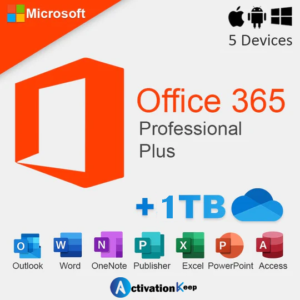



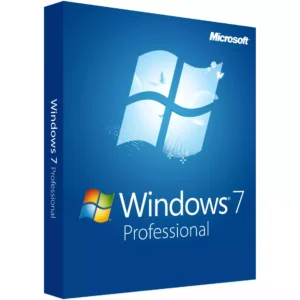
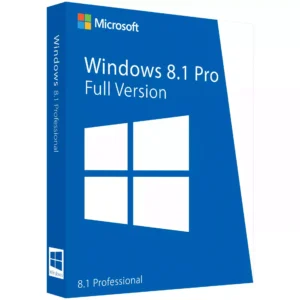
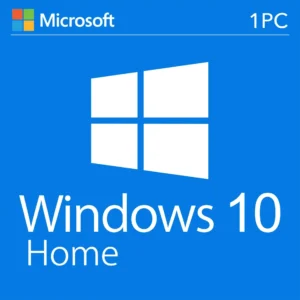
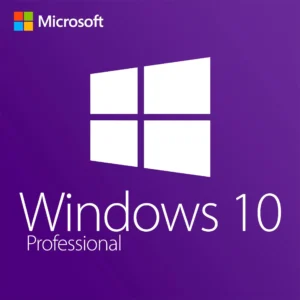

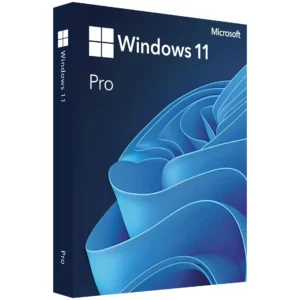
At Activation Keep, we are striving to become the top online store for software, a one-stop shop for digital downloadable products
Activation Keep designed by Activation Keep LTD
© 2024 Activation Keep | Microsoft Certified Partner | Activation Keep LTD | Company N: 14725825 | – All rights reserved
